
The Mil V-12, given the project number Izdeliye 65, is a prototype helicopter designed in the Soviet Union and the largest helicopter ever built. The designation "Mi-12" would have been the designation for the production helicopter and did not apply to V-12 prototypes.

The SNCAC NC 1080 was a French jet-engined interceptor developed in the late 1940s by SNCAC for use aboard aircraft carriers. It was intended to compete for an Aéronavale contract and first flew in 1949. The aircraft used an innovative system of flight control surfaces that proved to be a failure during flight testing and had to be modified before it could fly again. Its development was troubled by other design flaws and the company's merger with SNCAN that same year. Further development was cancelled after a fatal crash destroyed the sole prototype in 1950.
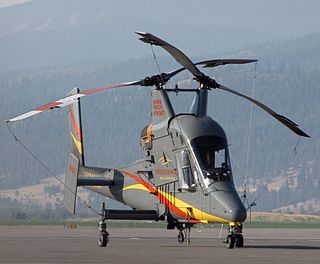
An intermeshing-rotor helicopter is a helicopter with a set of two main rotors turning in opposite directions, with each rotor mast mounted with a slight angle to the other, in a transversely symmetrical manner, so that the blades intermesh without colliding. The arrangement allows the helicopter to function without a tail rotor, which saves power. However, neither rotor lifts directly vertically, which reduces efficiency per each rotor.

The Hanriot H.230 was a French twin-engined advanced trainer. The construction of the aircraft was initiated in 1936 by Hanriot's chief designer Montlaur. The aircraft was produced by the nationalized factory SNCAC.

The SNCAC Martinet was a German-designed but French-built twin-engined military trainer and light transport monoplane. It was operated by the French military and in small numbers by French airlines from the late 1940s.

The SNCAC NC.211 Cormoran was a large four-engined military transport aircraft for passengers and cargo designed and built by SNCAC from 1945.

The Kellett XR-10 was a military transport helicopter developed in the United States in the 1940s that only flew in prototype form. It was designed in response to a USAAF Technical Instruction issued for the development of a helicopter to transport passengers, cargo, or wounded personnel within an enclosed fuselage. Kellett's proposal followed the general layout that the company was developing in the XR-8, with twin intermeshing rotors, and was accepted by the Air Force on 16 October over proposals by Sikorsky, Bell, and Platt-LePage.

The Farman NC.470 was a French twin-engined floatplane designed as a crew trainer for the French Navy. It was used in small numbers for both its intended role as a trainer and as a coastal reconnaissance aircraft at the start of World War II.
The SNCAC Chardonneret were a short series of 1940s French three- and four-seat cabin monoplanes with the same wings and general layout but with different engines.
The SNCAC NC.860 was a French twin-engined development of the NC.853 light aircraft.
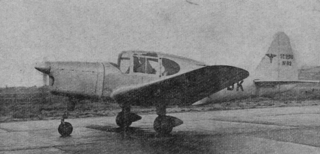
The Sud-Est SE-2300 or S.N.C.A.S.E. SE-2300 was a two/three seat low wing, single engine touring aircraft, built just after World War II in France. The SE-2310 was a tricycle undercarriage variant. Neither type went into production.

The SNCAC NC-600 was a prototype French twin-engined long-range fighter aircraft, developed by SNCAC from the earlier Hanriot H.220 fighter. The type never entered service, with development being ended by the French surrender in June 1940.
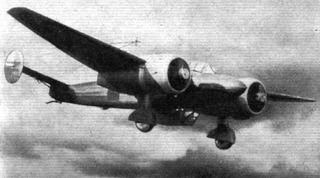
The SNCAC NC.510 was a twin-engine French reconnaissance, army co-operation or advanced training aircraft, built in the late 1930s. Three were built and refined but production orders were not forthcoming.

The Matra-Cantinieau MC-101 was an early 1950s French experimental two seat helicopter of conventional tail rotor configuration but with its engine mounted close to the main rotor, above the seating.
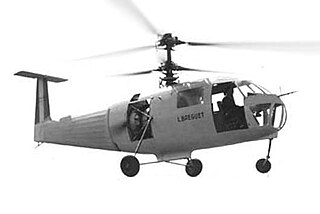
The Breguet G.111 or alternatively, G.11E was a French passenger coaxial rotors helicopter flown soon after World War II. Only one was built, development ceasing when funding ran out.
The Nord 1700 Norélic or SNCAN N.1700 Norélic was a French helicopter with several novel control features. Only one prototype was built, though it was intended to lead to series production.
The SNCASE SE-3110 or Sud-Est SE-3110 was a French two seat experimental helicopter with unusual twin, angled tail rotors, first flown in 1950. After brief tests SNCASE decided to concentrate on a closely related but single-tail-rotor design.

The SNCAC NC.1070 was a piston engined attack and torpedo bomber designed and built in France shortly after World War II. The second prototype, the NC1071, was the first French multi-jet turbine powered aircraft.
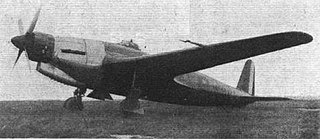
The SNCAC NC.3021 Belphégor was a French high altitude research aircraft designed and built at the end of World War II. Only one was completed and it was not a success, in part because of problems with its unusual engine.
The SNCASE SE-700 was a three-seat passenger autogyro designed during World War II. Two were completed but only the first flew and the programme was soon abandoned.















